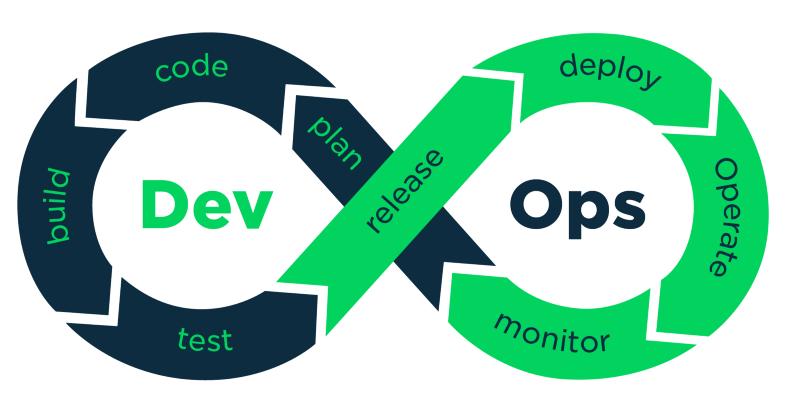Value Stream Management
In it's simplest form, Value Stream is a sequence of events which create value. It's as straightforward as that. But, the question is, what exactly is a Value Stream in the context of Product Managment? It's nothing but the SDLC - the Software Development Life Cycle. Every activity in the SDLC from inception to delivery has got some value associated with it - either positive or negative. For example, consider the concept of Architectural Runway in Scaled Agile Framework. The input for a runway is Product Backlog which gives the current picture of an Emergent Design. As time progresses, the features get consumed and the runway gets smaller. You come up with a new set of features - the incremental progression in the design. In this case, what is the value? Not the features coming into the Architectural runway. It's the features which are going out of it as they are going to give you some tangible outcome. However, what is in the backlog is an indicator of the value - in essence, it becomes the part of the Value Stream.
Value Stream Management, then, is nothing but managing, controlling and improving the value. Now, one can look at the zigzag path of the Architectural Runway holistically as the Value Stream -
Ideation of a set of features
Prioritization of the features
Actualization of the features
Deployment of the features
If we break them into smaller chunks, we would notice it includes every activity required to deliver the product. This value can be positive as well as negative - while a delivery adds value, bugs in the code reduces it's value because it locks the resources into fixing the code thereby preventing them from working on features which generate value.
The main benefits of using a Value Stream are
End to end visibility of the project life cycle and early visibility of created value
Identification and elimination of waste from the SDLC
Connect development effort with business value
The concept of a Value Stream and assessment of a Value Stream is not a new concept. Toyota Lean Model's types of waste(Muda) is a very good way of understanding what is reducing value in your value stream, though the Muda concept doesn't explain the concept of Value Stream completely.
PDCA Cycle is another good example which talks about the Value Stream Management but focusses more on correction than conceptualization.
All these models have one thing in common - how do you enhance value by inhibiting the impact of interruptors?
As like in a production cycle, in the case of a DevOps model, this is a continuous stream. The Value Stream has no start or end. It goes on.

The question then would be, how will you monitor and quantify the value delivered? As one of the main features of DevOps is quick delivery of small chunks into production, the Value Stream metrics for a DevOps model naturally looks at the time taken from planning to deployment - the time to value.
On the other hand, unlike in the hardware world, there is no tangible product to assess the value. The only option we have is to map the various stages into a flow as like in a supply line and use them as some sort of gates.
What to measure? Kersten's Flow Framework comes to our aid.
In addition to this, we have a Flow Distribution - a percentage composition of the four types of features - Features, Defects, Risks and Debts at any point of time.
Complementary to the Flow Metrics are the DORA metrics issued by the Google Cloud's DevOps Research and Assessment(DORA) Team came up with a set of four metrics to assess the quality of your Value Stream Delivery. DORA's State of DevOps 2021 Report gives the four metrics as -
I am not too comfortable with the Elite or even High Categories - however, these are my personal choices for to benchmark except in rare cases -







